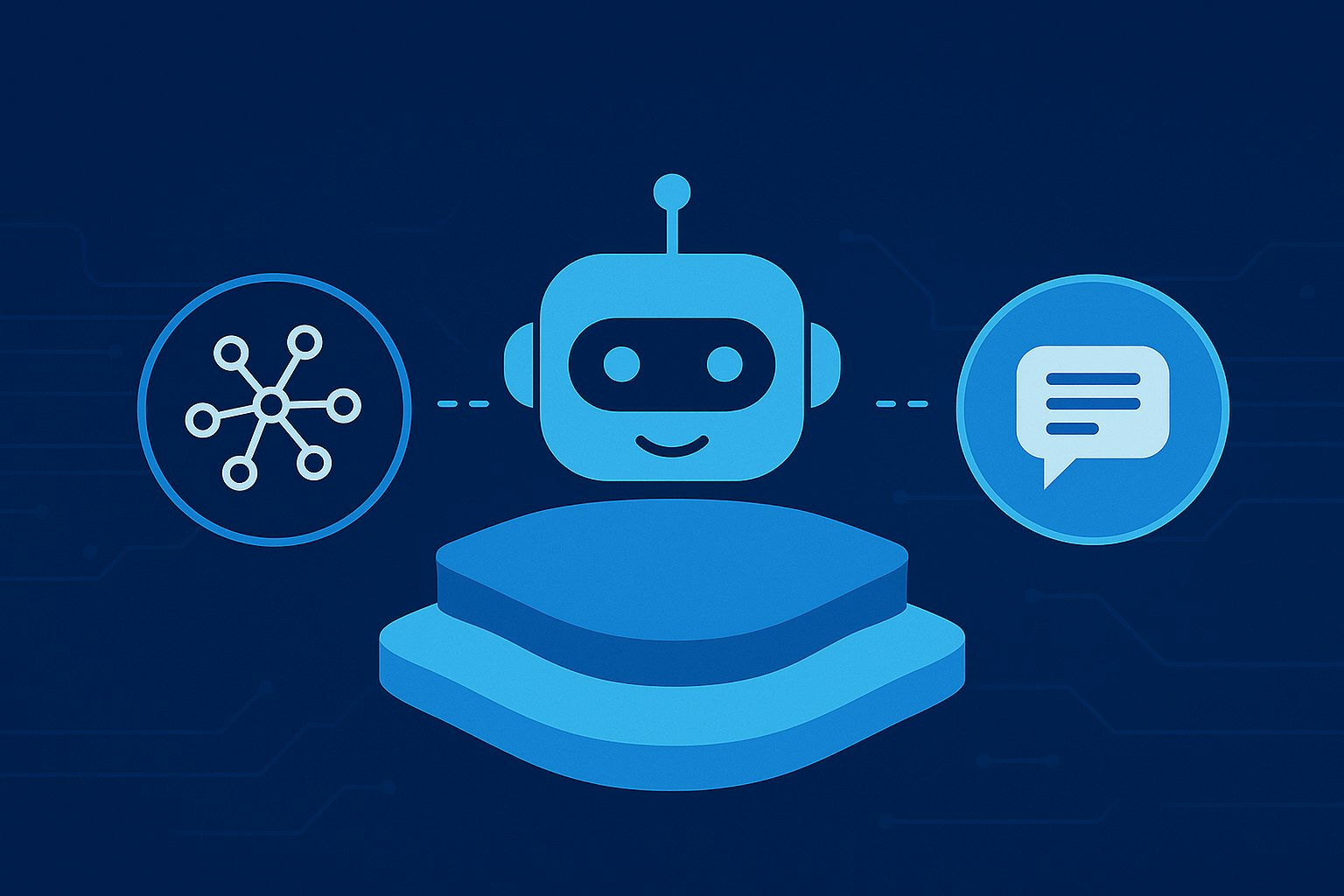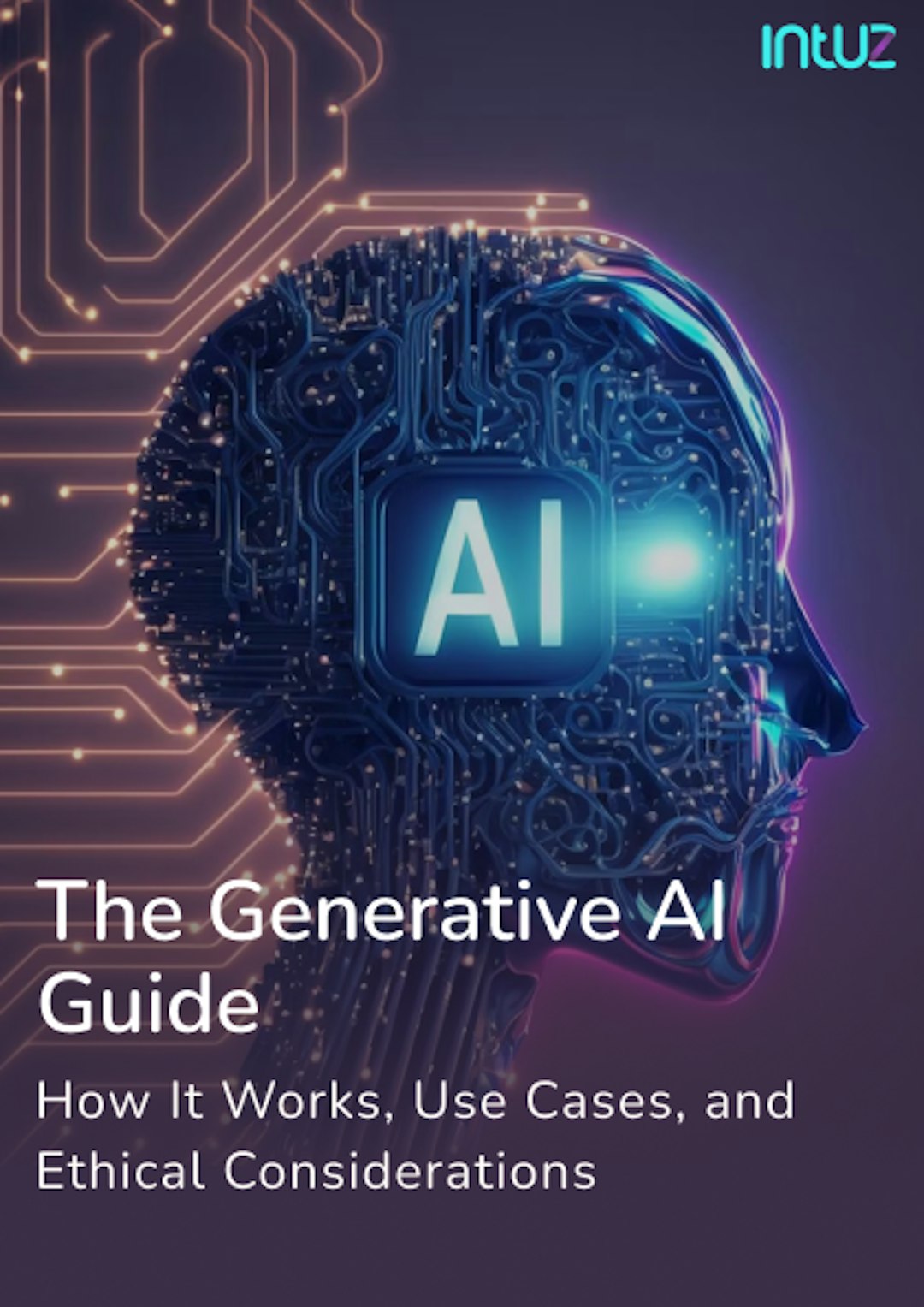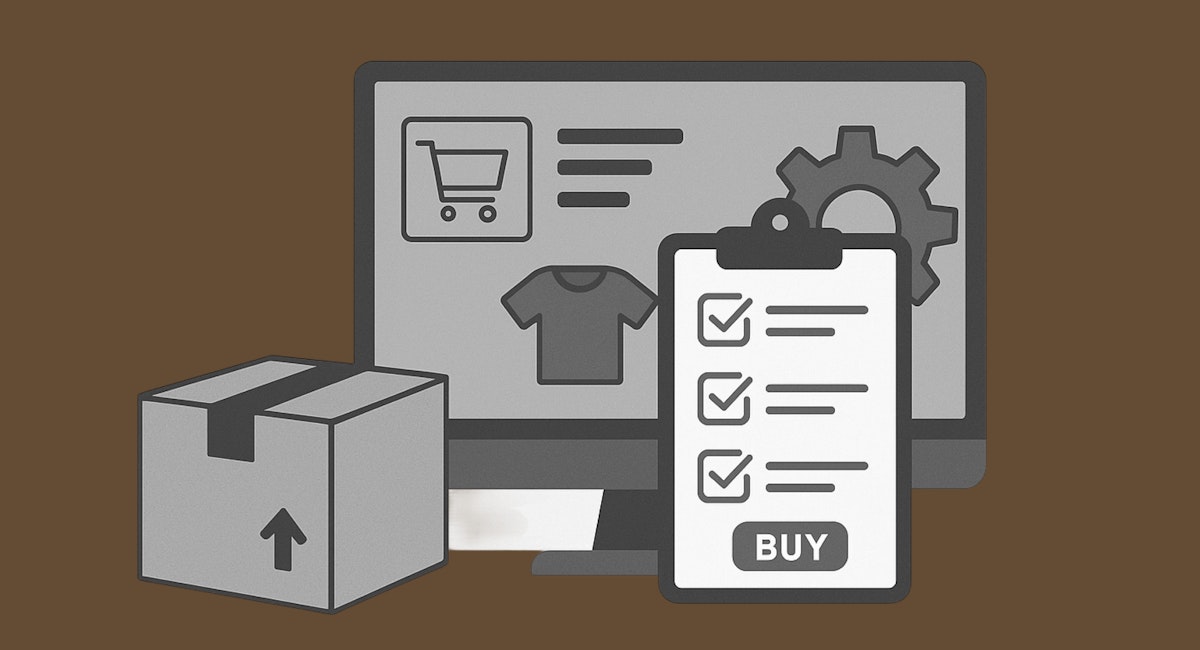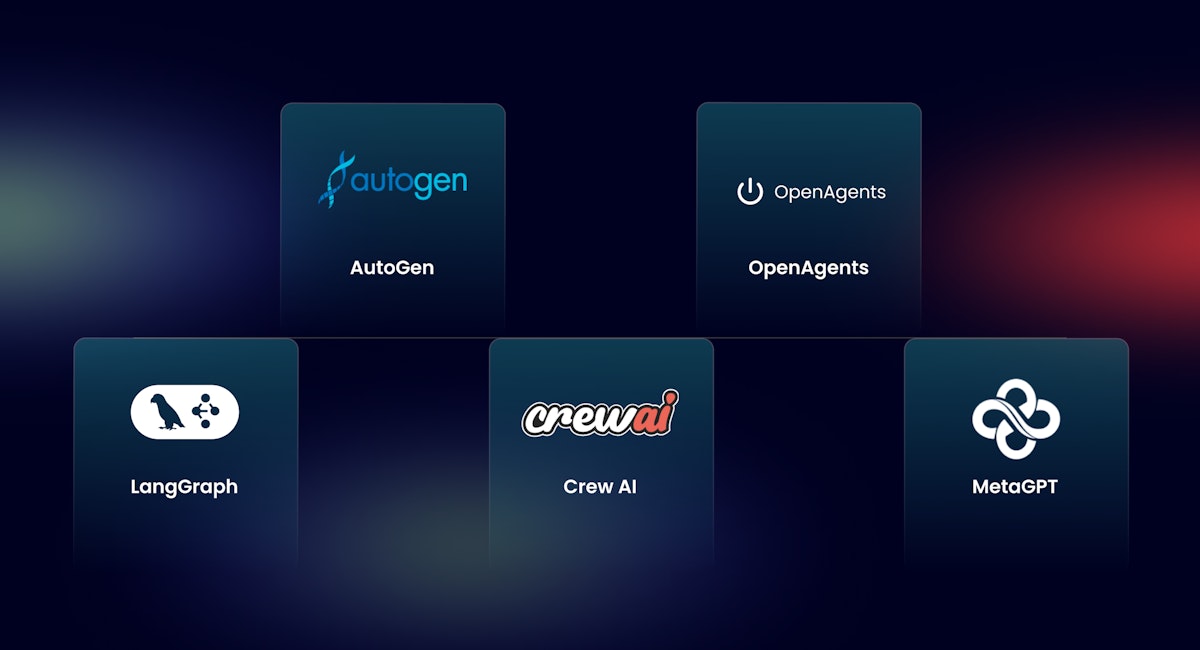Table of Content
As a small or midsize business, you’ve probably seen AI agents go from abstract buzzwords to practical tools in the past five years.
Today, they quietly manage your inbox, book calendars, and oversee workflows, allowing you to focus your energy on the parts of your business that require more attention and judgment. According to Salesforce, 75% of SMBs are already investing in AI for daily workflows.
That’s not a small experiment.
Instead, it represents a fundamental shift in how businesses choose to grow.
However, despite the increase in AI adoption, a key question arises: how do we ensure that all the agents work together effectively? After all, they’re all designed with different architectures and purposes!
Some rely on natural language models to interact with people, while others pass information through APIs, structured commands, and system messages. Thankfully, several communication protocols exist for this very purpose.
Two protocols specifically stand out for businesses like yours: the Model Context Protocol (MCP) and Agent-to-Agent Communication (A2A). In this blog, we’ll learn what they are, how they differ, and which one makes the most sense for your requirements.
What Is a Model Context Protocol (MCP)?
MCP is an open standard developed by Anthropic that enables AI agents to dynamically connect with and use external data, tools, and services in a standardized way.

It acts as a universal “connector” or “language” for Large Language Models (LLMs), enabling them to go beyond their static, pre-trained knowledge to access real-time information, perform specific actions, and become more valuable and automated.
Here are three USPs of MCP:
- Context fetching: Pulling information from different systems at the right moment
- Tool integration: Connecting your AI agent to databases, SaaS apps, and APIs you rely on
- Consistency: Ensuring AI uses predictable processes every time it interacts with your systems
The primary purpose of MCP is to enable your AI agent to see the bigger picture. For example, if you ask it to generate a sales email, it will ensure the agent can extract details from your CRM, inventory, or support system before responding.
That means it grounds the output from your actual data.
How MCP Works

By 2027, 70% of new digital business applications will rely on APIs to connect data and services. — Gartner
What Is Agent-to-Agent Communication (A2A)?
Agent to agent (A2A) is communication protocol introduced by Google in April 2025. A2A allows interoperability between AI agents from various providers or those built using different agentic frameworks.
Here are three USPs of A2A:
- Agent specialization: Each agent focuses on a single area, like content creation, recruitment, or project management
- Task delegation: Agents can share workloads by sending requests to one another
- Workflow completion: The system ensures all agents contribute their pieces until the final task is complete
The main purpose of A2A is collaboration. For example, if a customer service agent is handling a refund request, it can pass on those details to a billing agent, who, in turn, checks the records and sends confirmation back. Each agent does its part, and together, they complete the task.
How A2A Works

In enterprise benchmarks, carefully coordinated multi‑agent systems achieved up to 70% higher goal success compared to single‑agent setups. — Cornell University
Examples of MCP vs A2A
Sometimes, the easiest way to understand the protocols is to see them in action.
MCP in Action
Hospitality
Your hotel’s AI concierge connects via MCP to the booking engine, POS system, and guest database. When a repeat guest asks about dinner, it reserves a table, notes dietary preferences from past stays, and confirms the booking.
Retail
Your AI agent connects to Shopify, HubSpot, and the inventory database through MCP. When a customer inquires about a product, the agent retrieves real-time stock details, past order history, and CRM insights to provide a comprehensive answer.
Healthcare
A scheduling agent utilizes MCP to access your Electronic Medical Records (EMR) system securely. When a patient books an appointment online, AI confirms doctor availability and updates the records instantly.
A2A in Action
Education
Your tutoring platform’s learning agent designs a custom study plan. It shares this with an assessment agent, which reviews test scores and performance analytics, then refines the plan to keep the student on an adaptive learning path.
Legal
Your intake agent first collects case details and passes them to a compliance agent to verify regulatory requirements and a research agent to identify past cases and relevant legal precedents. Clear next steps are delivered to the client after due diligence.
Marketing
Your content agent drafts a campaign outline. It shares this with an analytics agent, which reviews past campaign performance and suggests adjustments. Together, they help your team launch a smarter campaign that drives robust results.
Also Read: Top 5 AI Agent Use Cases for Businesses
Architecture Comparison: MCP vs A2A
Understanding the architecture behind the protocols helps you see how they fit into your setup. Let’s dissect each properly.
1. MCP
MCP works like a hub-and-spoke model. Your AI agent sits at the center, with the protocol providing structured connectors to your tools, databases, and APIs.
Every interaction flows through this hub, making it easier to monitor and track the origin of the data. For your SMB, this means increased visibility and control without needing to coordinate across multiple moving parts.
2. A2A
A2A takes a different shape. It’s a network where each agent serves as a node with its own distinct role. They pass messages back and forth until a task is complete.
A2A provides you with the flexibility to add or remove agents as your needs change. However, the trade-off is that you’ll need to pay more attention to how those agents communicate and share information since no single node is in charge.
Intuz Insight:
We’ve found that many businesses test MCP and A2A separately. However, you’ll see both consistency and throughput when they work side by side.
- MCP standardizes how agents fetch and act on data, reducing drift and duplication
- A2A handles orchestration across specialized agents, which improves task parallelization and reduces bottlenecks
10 Best AI Agent Development Companies in USA
Explore NowComparison of MCP and A2A
| Category | MCP (Model Context Protocol) | A2A (Agent-to-Agent Communication) |
|---|---|---|
| Purpose | Connects AI agents with your apps and data through a central channel | Coordinates multiple AI agents, each with its own role |
| Communication Style | Structured data flow between agent and systems | Messaging between agents, task hand-offs |
| Best Suited For | SMBs that need AI to access business data directly (CRM, ERP, scheduling) | SMBs that want AI agents to collaborate across different tasks (support + billing + marketing) |
| Scalability | Scales well as you add more data sources | Scales well as you add more agents and workflows |
| Integration Complexity | Requires technical setup to connect systems, but simpler to monitor | Easier to add agents, but coordination can get complex |
| Security & Governance | Clear control since everything passes through one hub | Requires careful oversight to ensure agents exchange data securely |
| Example SMB Use Cases | Retail stock checks, patient scheduling, CRM-driven sales insights | Customer ticket resolution, campaign planning, multi-step workflows |
How to Build A Multi Agent AI System in 2025
Explore NowWhen to Use MCP vs A2A for Your Business: What Intuz Recommends
Intuz is an AI development company with 16+ years of experience in delivering AI-powered solutions to SMBs like yours. We specialize in blending technical depth with flexibility, helping our clients move from simple Proof of Concepts (PoCs) to scalable, agent-driven automation.
Given the number of businesses we’ve worked with, we understand how choosing between MCP and A2A can be a daunting task. To make the selection process easier, we’ve created a comparison table that highlights when each of these protocols is most suitable.
| When MCP Makes Sense | When A2A Makes Sense |
|---|---|
| You rely on structured data from tools like your CRM, ERP, or scheduling software | You want multiple AI agents with different skills working together |
| You need consistently accurate, data-grounded responses. | Your workflows span departments or require several steps |
| Security, governance, and auditability through a single control point matter most | Flexibility and scaling across agents is your priority |
| You’re just starting with AI and want a controlled, manageable entry point | You already have some AI agents and want them to collaborate more effectively |
Now our SMB clients often begin with MCP. It grounds their AI in business-critical data, with clear boundaries and governance. As their operations mature and workflows span multiple functions, we help them evolve toward A2A, where agents can talk, coordinate, and collaborate.
Whether you start with MCP or A2A, we suggest a regular review every 6-12 months. We’ve seen clients grow in unexpected directions. This cadence ensures your AI communication strategy keeps pace with your evolving workflows.
A Real-World Example: French Florist
One of our clients, French Florist in Los Angeles, came to us with a legacy system that limited personalization and slowed down operations. We helped them transform their business with an AI-powered eCommerce solution that included:
- AI-driven inventory forecasting to predict demand and reduce waste
- A custom iPad app for employees to manage and track orders efficiently
- A personalized gifting feature where customers could add video messages via QR codes
- 13+ integrations with services like Onfleet for real-time delivery tracking, Klaviyo for automated marketing, and Yotpo for reviews and loyalty
In practice, MCP-style integrations powered personalization and data flows, pulling customer information, order history, and marketing insights into a single seamless storefront.
As the system matured, the client could expand into A2A territory, with different AI agents handling tasks such as marketing automation, delivery coordination, and sales engagement.
A mix of MCP and A2A provided the French Florist with a scalable foundation, ensuring that every bouquet carried not just flowers, but also a personalized customer experience.
Get, Set, and Go!
If you’re ready to explore what MCP or A2A could mean for your business, we’d be happy to walk you through the options. Book a free consultation with Intuz today.







